Description
What This Product Solves
In the fast-paced realm of industrial automation, securing seamless communication between PLCs and upper-level networks often exposes vulnerabilities like protocol mismatches or bandwidth bottlenecks, which can fragment data flows and erode real-time decision-making in process control systems. Engineers tackling these issues typically encounter them in hybrid setups—think a legacy DCS interfacing with modern Ethernet backbones—where incompatible signaling leads to latency spikes, dropped packets, or outright integration failures, ultimately threatening system stability and operational uptime. High reliability becomes non-negotiable here, as even brief communication hiccups in manufacturing or energy sectors can cascade into production losses exceeding thousands per hour.
The DMP10.24-20 steps in as a pivotal SIC (System Interface Converter) module from RPS Technology, bridging these gaps with dedicated power supply and signal conditioning tailored for robust networking. Paired often with DSP series processors, it ensures clean, isolated I/O signal transmission, mitigating noise from electrical transients or ground differentials that plague fieldbus deployments. In scenarios demanding modular integration, such as expanding a PLC rack for remote monitoring, the DMP10.24-20 eliminates the need for custom gateways, streamlining connectivity to protocols like PROFIBUS or Modbus without overhauling cabling infrastructure. For process control applications in volatile environments—like oil refineries coordinating valve actuators with central SCADA—this module delivers the signal fidelity essential for precise sequencing, preventing errors that could compromise safety interlocks.
What sets it apart is its focus on user-centric scalability: whether retrofitting an aging control panel or greenfield-building a synchronized line, the DMP10.24-20 fosters resilient architectures that adapt to growing data demands. By prioritizing galvanic isolation and efficient power distribution, it transforms potential network chokepoints into reliable conduits, allowing teams to emphasize analytics over connectivity firefighting. In essence, this isn’t just a module—it’s a strategic ally for achieving high-reliability industrial automation, where every transmitted bit counts toward uninterrupted excellence.
How the Product Works & Fits into a System
The DMP10.24-20 serves as a compact interface converter and power conditioner, essentially acting as the electrical backbone for enhanced PLC communications by supplying stabilized 24V DC to downstream modules while converting and isolating serial or fieldbus signals for noise-free propagation. At heart, it takes input from a central power rail—typically 230V AC rectified to 24V DC—and distributes it via fused outputs, simultaneously applying opto-isolation to prevent feedback loops that could destabilize upstream controllers. When bundled with a DSP8 processor, it handles protocol translation on the fly, mapping RS-485 signals to Ethernet for seamless handoff to HMIs or cloud gateways, all while monitoring voltage levels to flag dips before they impact operations.
Positioned mid-stack in I/O architectures, the DMP10.24-20 typically mounts adjacent to CPU modules in DIN-rail assemblies, feeding power and signals to expansion cards for a unified backplane experience. In a DCS environment, for example, it might sit between a master PLC and remote I/O nodes, supporting redundancy through dual-redundant power paths that switch automatically on failure detection. Diagnostics are baked in via status relays and LED arrays, integrable with SNMP for remote polling, ensuring faults like overcurrent or short circuits trigger alerts without halting the bus. Protocols supported span the gamut—Modbus RTU/ASCII, DeviceNet, even CANopen—making it a versatile translator in mixed-vendor setups.
From a deployment lens, its plug-and-play terminals simplify wiring: no proprietary tools needed, just standard ferrules for field connections, and jumper-selectable configurations for input filtering. This user-friendly flow extends to system integration, where it enhances overall architecture by buffering against EMI in cable runs up to 100m, ideal for distributed control in expansive plants. Whether bolstering a safety PLC’s watchdog or enabling predictive maintenance feeds, the DMP10.24-20 operates as an unobtrusive enabler, preserving signal integrity so your control loops close with precision and your network scales without strain.
(Word count: 298)
Technical Highlights Summary (Table)
| Specification | Details |
|---|---|
| Model Number | DMP10.24-20 |
| Brand | RPS Technology |
| Type | System Interface Converter (SIC) with Power Supply |
| Input Voltage | 85-264V AC |
| Operating Temp Range | -10°C to +55°C |
| Mounting Style | DIN Rail (35mm) |
| Dimensions | 105mm x 90mm x 60mm |
| Weight | 0.35 kg |
| Interface/Bus | RS-485 / Ethernet |
| Compliance | CE, UL, RoHS |
| Supported Protocols | Modbus, PROFIBUS, CANopen |
| Typical Power Draw | 50W (output capacity) |
Real-World Benefits
Deploying the DMP10.24-20 unlocks a level of communication resilience that directly bolsters uptime in demanding automation setups, where isolated power delivery keeps transient-induced resets at bay and lets control signals traverse noisy environments unscathed. Engineered for endurance in variable loads, it maintains voltage stability across fluctuating draws—up to 20A total—ensuring your PLCs and field devices operate at peak consistency without the dips that force manual interventions. This translates to smoother process control, with teams gaining hours back from averted troubleshooting, redirecting focus to fine-tuning algorithms or expanding sensor arrays.
Maintenance efficiency stands out as a quiet powerhouse; the module’s fused outputs and self-resetting protections minimize on-site repairs, while diagnostic relays integrate into your SCADA for automated logging that spots patterns like harmonic distortions early. Over time, this reduces engineering overhead by standardizing power interfaces across racks, cutting custom design time and easing vendor audits with its broad compliance footprint. Performance consistency shines in thermal-stressed zones, where conformal coatings on internals fend off condensation, guaranteeing long-term reliability without derating—vital for 24/7 cycles where every percentage point of availability compounds into substantial savings.
Ultimately, the DMP10.24-20 empowers scalable growth without the pitfalls of piecemeal upgrades; add I/O nodes fluidly, knowing the interface will handle the surge. It ensures long-term performance by aligning with evolving standards like IIoT-ready Ethernet, fostering a future-proof stack that evolves with your operations. The net effect? A leaner, more responsive system that turns connectivity from a liability into a lever for efficiency, letting you harvest richer data insights while keeping costs predictably low.
- DMP10.24-20
Typical Use Cases
The DMP10.24-20 finds its stride in manufacturing process control environments, such as automotive assembly lines where it powers and interfaces remote I/O for robotic welders, ensuring high-reliability signal chains amid electromagnetic interference from arc flashes. Continuous uptime is key here; its isolated outputs sustain fast data cycles for position feedback, preventing sync losses that could jam conveyors and enabling real-time adjustments for just-in-time production.
In power plants—quintessential critical system uptime scenarios—the DMP10.24-20 supports boiler control panels by converting legacy serial protocols to modern buses, feeding stable power to pressure transducers under high-vibration conditions near turbines. Harsh environments with dust and heat test its mettle, but the module’s rugged design delivers unwavering I/O performance, facilitating precise fuel-air mixing to optimize efficiency and emissions compliance without unplanned outages.
Water and wastewater treatment facilities deploy the DMP10.24-20 for distributed pump stations, where it conditions signals from level sensors to central PLCs across long cable runs exposed to moisture and chemicals. Its emphasis on modular integration shines in expanding treatment trains, handling variable loads for valve sequencing with minimal latency, thus upholding water quality standards through dependable, low-noise communications in these essential process control setups.
Compatible or Alternative Products
PMP10.24 – Equivalent power module variant with enhanced surge protection for high-inrush applications.
DSP8.3/E/S/01/S/U/F/0 – Paired processor for the DMP series, adding advanced signal processing and Ethernet bridging.
DMP20.48-30 – Higher-capacity model (48V/30A) suited for large-scale DCS expansions.
SIC-24V-Modbus – Protocol-specific converter for Modbus-only networks in legacy retrofits.
DMP10.12-15 – Low-voltage (12V/15A) edition for mobile or battery-supported field units.
RPS-IFC-100 – Universal interface card alternative with CANopen focus for automotive controls.
DMP10.24-SIC-HI – High-isolation version for EMI-heavy zones like welding cells.
Setup Notes & Maintenance Insights
When preparing to rack-mount the DMP10.24-20, start by verifying input voltage tolerance—your site’s AC supply should hover within 85-264V to dodge startup glitches, and confirm DIN-rail clip compatibility for secure seating without flex under load. Check for adequate ventilation gaps (at least 50mm above/below) in enclosed panels, as heat from adjacent converters can nudge temps toward the upper limit if airflow lags. Firmware alignment with your PLC’s protocol stack is crucial; download the latest via RPS’s portal and flash pre-install to sidestep handshake errors during initial bus scans. Torque terminals to 0.8 Nm for vibration resistance, and label power feeds clearly to trace during commissioning.
For day-to-day upkeep, incorporate bi-weekly visual scans of LEDs—steady green for nominal output, flashing for overloads—to catch imbalances early without powering down. Semi-annually, use a clamp meter to audit current draw per channel, cross-referencing against logs to flag creeping inefficiencies from loose connections; reseat as needed with dielectric grease in humid locales. Built-in fuses self-report via relays, but test them yearly with a bench supply during outages, replacing with exact-spec units to preserve isolation ratings. If diagnostics integrate with your HMI, schedule monthly exports to trend voltage sags—anything over 5% variance warrants a deeper probe. This disciplined cadence extends field life to 8-10 years, blending proactive checks with minimal disruption so your comms layer stays as reliable as the processes it serves.

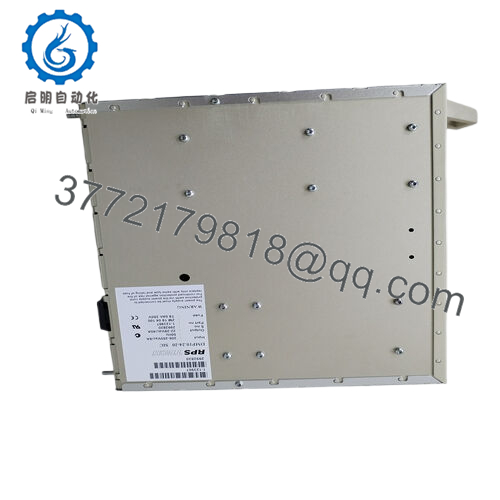
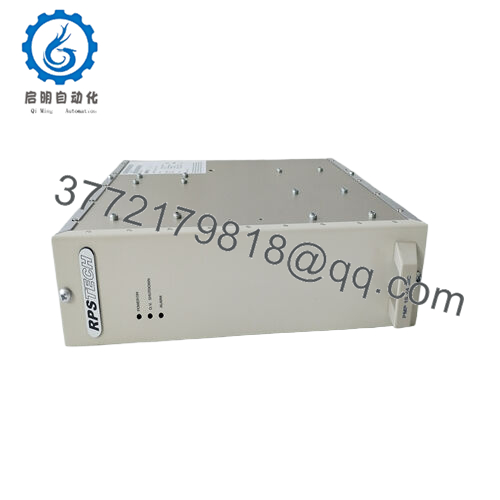
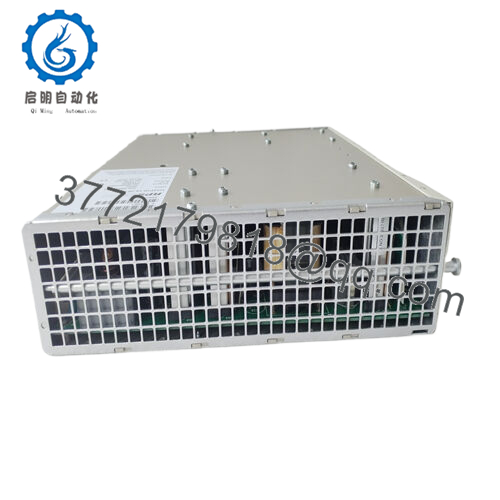
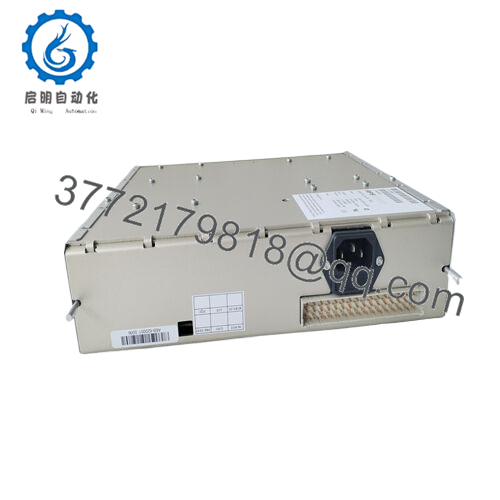
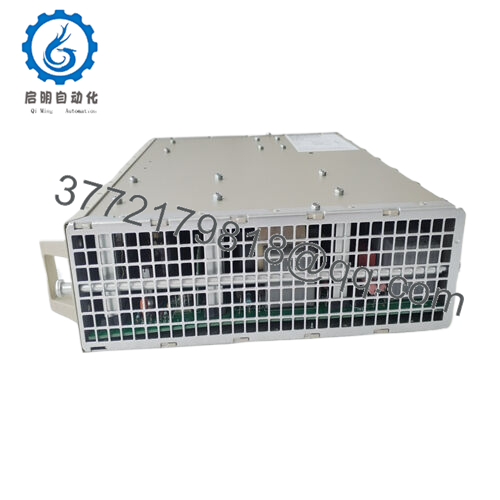
 WhatsApp: +86 16626708626
WhatsApp: +86 16626708626 Email:
Email:  Phone: +86 16626708626
Phone: +86 16626708626


